What is the Easiest Way To Remove Old Wallpaper?
When we first moved into our current home five years ago, we never thought of changing the decor. So, our wallpapers remained. But over time, we got tired of putting up with it. So, from that point onwards, we started a slow but steady makeover. Now it is time for our wallpapers to go as they don’t go well with our brand-new furnishing. And we are seriously thinking about removing the wallpaper and painting the walls something bright.
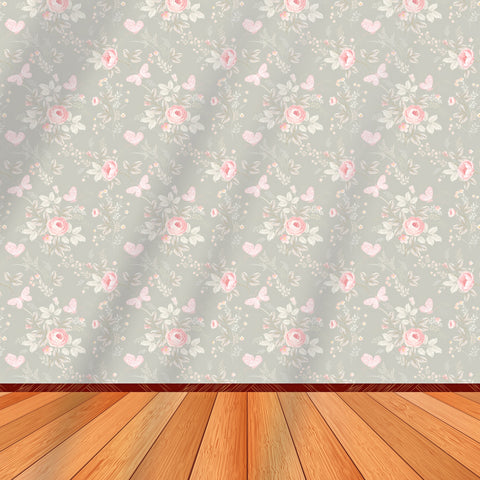
Photo by Annalise Batista, AnnaliseArt / Pixabay
Scour the wallpaper with a scoring tool and spray it with hot water or use a steamer. Now utilize a putty knife to remove the wallpaper. This is by far the easiest way to remove any wallpaper. The wallpaper type, the age of the wall, and the layers of wallpaper largely contribute to the removal process. The last part is to remove the glue by gently scraping the adhesive using a putty knife at a 45-degree angle without damaging the wall. Finally, wash the wall and let it dry completely.
Consider it as a DIY project. Take off from work or do it during your holidays. Don’t let anyone bother you for anything. You are going to be super busy revamping your house. I would suggest that you cook in advance and store it so that you can reheat it and relax after each day’s work. It may take several days for you to complete the project. You’ll need a lot of elbow grease to do the job. If anyone offers help, don’t say no. If you do, you might regret it later.
Now put on your gloves. Let’s start with the room prep.
(I’ve been researching quite a lot and gathered up some practical tips down here below.)
Getting Started:
Things That You Need For Preparing The Room:
- Tarp/drop cloth.
- Portable ladder.
- A pair of gloves.
- Garbage bag.
- Masking waterproof tape.
- Old towels.
- Lots of patience.
First and foremost, gather the essentials before starting the work. Then, to prepare the room, move out your furniture to another room. If that is not possible, cover them with a tarp to avoid them becoming too dusty.
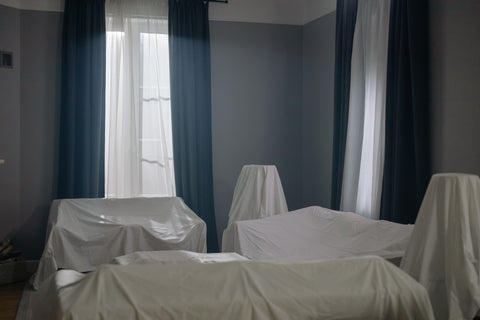
The next important thing is a garbage bag or bin to collect the bits and pieces of the wallpaper.
Wallpaper removal is a messy job. So, cover your flooring with old towels and keep some dry ones ready as well. When the first batch of towels gets soggy, then you can swap them with a fresh set.
Cover the power outlets with waterproof masking tape as a precautionary measure.
Now let’s get to work.
Study The Nature of the Wall:
First, learn what type of wall you have to work on – Drywall/plasterboard or plastered cement wall.
Ask these questions.
1. How to find out what type of wall you have?
Simply by knocking on the wall. Drywall has a hollow sound while knocking on it, while the plastered brick or stone wall has a dense sound while doing the same.
Or you can inspect an exposed part of the wall near the power outlet to find out what lies beneath your work wall.
Things to Remember:
- The first thing to remember while removing wallpaper from drywall is to keep in mind what lies beneath it. You can’t use harsh treatment on it or risk making it soggy. You might end up damaging the drywall beneath it.
- The plastered wall is relatively sturdy enough compared to drywall/plasterboard. But pulling out wallpaper too vigorously might pull out chunks of plaster. So, be kind to your wall and remove it with care.
- Often, wallpapers are pasted to hide damage or a crack in the wall and make the room more presentable. So, always be careful while removing them.
2. How to remove the wallpaper from drywall?
Steamer Method:
Additional Things Needed for This Method:
- A scoring tools.
- A putty knife.
- A wallpaper steamer.
- A baking pan to place the hot steamer on while not in use.
- Water.
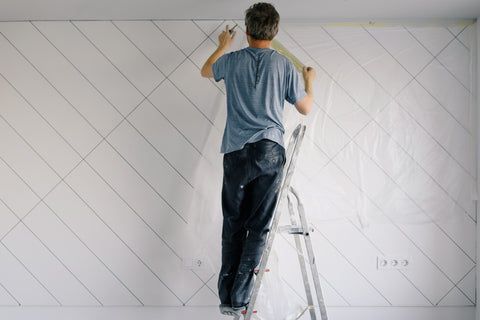
Photo by Ksenia Chernaya / Pexels
Method: Peel off all the wallpaper that you could with bare hands. The wallpaper has a glossy part and a paper backing part. The shiny part will peel and come off easily, leaving the paper part behind.
How to deal with the leftover paper on the wall? Use a scoring tool to score the paper lightly – you don’t want to damage the drywall beneath it. Go on it in a circular motion. The scoring tool will make small holes in the wallpaper that allows the steam to get in there and release the paper quickly.
Your wall is now ready for steamer treatment. A wallpaper steamer works amazingly here. Pour warm water into the steamer’s water tank and switch it on. Once the steam starts coming out of the steamer, keep it over the wallpaper for about 10-15 seconds. On the other hand, hold a putty knife and scrape the paper off. Start the work from a corner and work in small squares horizontally or vertically, gradually covering the wallpaper area. Don’t attempt to do a large area and make the wall too wet. You might soak through the drywall.
Another thing that you can do here is to scrape off the glue that is on the wall. The glue loosens to the heat effect when applying the steamer to the wall and gets removed easily.
Remember that the steamer is super-hot. So, be cautious when using the steamer. Don’t let the hot water drop on your hands or feet. Wear protective gear like gloves and shoes when using the steamer. Keep the steamer on a baking dish when not in use.
You can either buy your own steamer or rent one.
Chemical Method:
Most wallpaper glues have been designed for easy removal. But, if the wallpaper glue that has been used to fix your wallpaper is old, it may not come off as quickly and has to be dealt with differently.
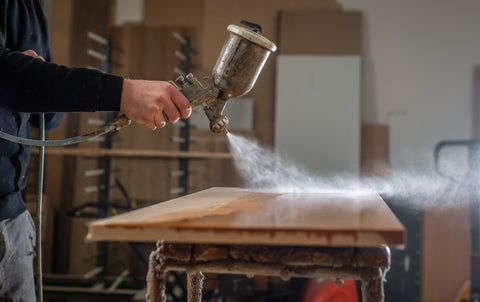
Photo by Simon Kadula / Unsplash
Materials and Tools Needed for this Method: Circular wallpaper scorer, wallpaper cloth sheeting, chemical wallpaper stripper, sponge, warm water, bucket, and hand tank sprayer.
Method: Start by scoring the wallpaper with a circular wallpaper scorer covering the entire surface, making tiny holes. These holes allow the chemical to penetrate and break the glue, thus loosening the wallpaper.
Next, spread out the sheeting, presoaked with the chemical-water mixture on the wall. Now, cover the entire wall with the cloth sheeting and let it sit for some time. Then, fill the spray tank with the wall stripper, spray it on the sheeting, and let it rest for about half an hour.
After 30 minutes, begin the removal process. This process will remove most of the wallpaper. A putty knife will easily scrape off the leftover shreds of paper. You can now use a sponge to remove the remaining glue from the wall.
3. How to remove the wallpaper that has paint on it?
It is quite a different story when it comes to removing wallpaper that has been painted on. Sometimes it’ll be layers and layers of wallpaper and then paint, which is simply too difficult for any tool or material to remove.
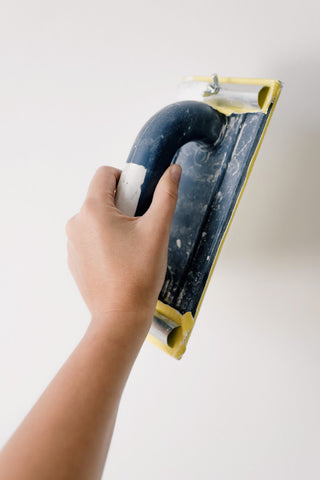
Photo by Ksenia Chernaya / Pexels
This is the best method to deal with it. Choose a 4-inch scraper that you get at the home depot and remove its blade. Fix in an Allway stripper blade instead, and now you are ready for the work.
Use a 2-inch knife to pull out a corner of the paper. Next, insert your 4-inch scraper and gently start to remove the thick wall cover. As it starts to separate from the wall, hold on to the end of the paper and gently pull it. Simultaneously, use the scraper to carefully scrape off the strip of the paper. The method is similar to peeling an eggshell. This way, you can successfully remove many layers of wallpaper that have been painted over.
-
What kind of wallpaper do you have?
Do a small water spray test to check if your wallpaper is porous or non-porous.
First, spray water over the wallpaper to be removed. Then, observe if the water drips down or gets absorbed. If it gets absorbed, the wallpaper is a porous one. If it drips down, it is of the non-porous type.
Dry-Strippable wallpaper, also known as peelable wallpaper, is easy to remove and gets peeled easily, just as the name suggests.
-
How To Remove Non-Porous Wallpaper?
For your non-porous wallpaper, use a mud/taping knife to release one side of the wallpaper and gently peel off the top layer of the decorative sheet. Of course, now we have to deal with the paper backing that is sitting beneath it.
First, scour it and use a spray bottle with hot water to spray over the area. Let it sit for about 2-3 minutes. Now get the putty knife to work and start removing the paper. You’ll see how easily it peels off and comes down in sheets.
You can use a steamer to remove the paper backing as well.
Tip: One important thing to remember as the wallpaper strips off the wall is to remove them from the floor while still wet. Collect the bits and pieces in a garbage bag. If left to dry, they will adhere to the floor or the towels, and it will be difficult to remove them later.
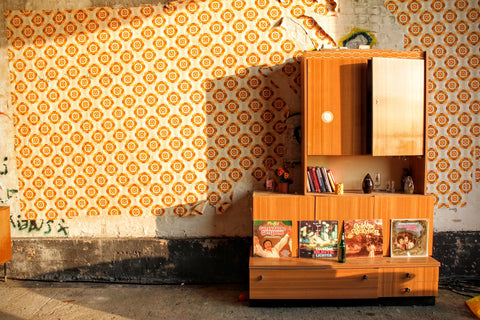
Photo by Peggy_Marco / Pixabay
-
How to Remove Porous Wallpaper?
Remove the porous wallpaper by spraying water over it or smoothening it with a wet sponge and peeling off the paper. Your wallpaper will peel off easily.
-
How to Remove Dry-Strippable Decorative Paper?
Peel and Stick wallpaper is an excellent example of this type of wallpaper. Just grab one corner of the wallpaper. Lift the edge and peel it off. It comes off in sheets, and the wall surface is smooth and clean. These wallpapers are for one-time use only. You have to discard the wallpaper after you remove it.
-
What are the other alternatives for chemical wallpaper removers?
Would you like to know some pocket-friendly options for wallpaper removal?
Readily available in every household are products like dishwashing liquid, vinegar, and fabric softener. These products can be used with the hot water solution in equal proportions for more stubborn surfaces instead of chemicals.
-
How to remove the residual glue after wallpaper removal?
The best way to get rid of the glue is when you are removing the wallpaper. First, use hot water or a steamer to scrape off the glue. If you still have residual glue, it is recommended to use a hairdryer or a heat gun to blow over the spots of unyielding glue.
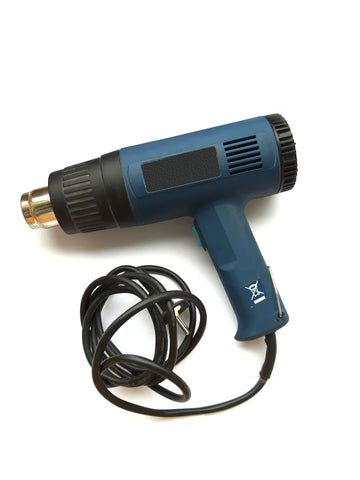
Photo by Zuzana Císařová Jará, cleer800 / Pixabay
Heat works like magic when applied to the glue and makes it soft. Now is the time to use a scraper or a putty knife to scrape it off the wall. Have some paper towels handy to clean the gooey glue off the blade. Repeat the process till all the glue gets removed.
Now that the wall is adhesive-free, clean the walls thoroughly by using dishwashing liquid or any other cleaning agent that you have handy, along with hot water.
Open the windows and let the sunlight and air come in. Dry the walls completely.
Refurbishing your house comes with its own set of challenges. One of the major hurdles is removing the wallpaper, especially if you are dealing with an old house that has never been renovated for a long time. But whatever the situation is, it can be tackled if you have time, perseverance, and the will to do it.
Voila! My wall is now ready for its next project. With so many new trendy wallpapers around in the market, I’m now tempted to try wallpapers. Or I’ll just go ahead and paint it with a color that matches my new furniture. My hard work has paid off, and my patience has been rewarded. It is now time for me to show off my work and celebrate my effort. And so, it is for you as well.
Congratulations on your journey!

